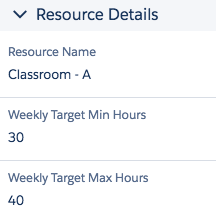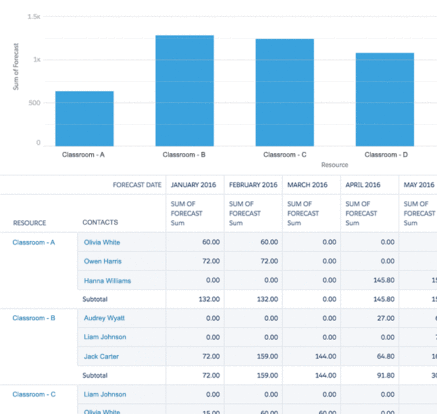Do you find your team is always working well beyond business hours and timelines and commitments are not being met? Is there a sense of frustration from all involved in the project? If this sounds familiar, let’s get comfy and talk about project management.
Successful products, events, campaigns, and services come to fruition when the team moves like a well-oiled machine. How do you get started? Well, let’s begin with the basics.
Methods of Project Management
There are three popular methods for project management. While it’s important that you find the best method for you and your team, these methods have been proven to be extremely effective.
1. Waterfall
The Waterfall methodology is sequential. Everything has a domino effect—step two can only be completed if step one is completed first. It is heavily requirements-focused and necessitates more documentation because you need to have a very clear idea of what the project demands before proceeding further. The Waterfall method is shown in the diagram below:
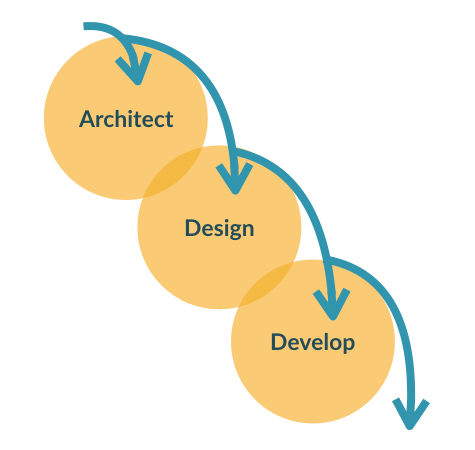
As the diagram depicts, each stage is independent and cannot be worked on until the previous stage is totally finished. The Waterfall methodology for project management works best when applied to short, simple projects that have clear and fixed requirements.
This fast and flexible approach is free of top-heavy requirements and is adaptable to requirement changes within the midst of a project. There are no fixed stages in this methodology, thus giving your resources more freedom to experiment and improve when necessary. The Agile methodology can be seen in the diagram on the right:
This approach is best for projects that do not have a finite goal set but instead have ongoing releases over a long period of time.
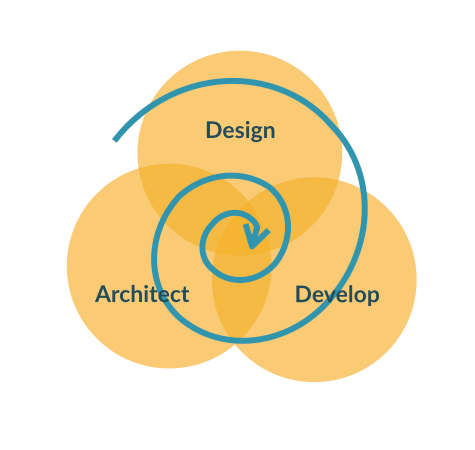
3. Hybrid
The Hybrid approach, as the name implies, is a combination of the Waterfall and Agile methodologies. It takes the best parts of both Waterfall and Agile and combines them in a flexible yet structured approach that can be used across different projects.
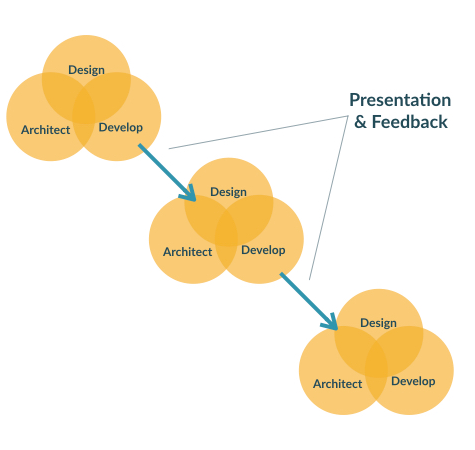
Key Aspects of Project Management
There are a number of attributes that comprise successful project management. Here are our top ten:
1. Align Scope, Deliverables, and Requirements
Have you ever gone to the grocery store without a list? If you’re like us, you got a bunch of stuff you didn’t really need (especially if you were hungry when walking in), and you forgot the things that you really did need to purchase! Trying to complete a project without a resource plan, timeline, and scope of deliverables is just like that—every day urges will get in the way of your overarching goal.
Make sure to set expectations with everyone in regards to what is being delivered and when it will be delivered. Continue to restate and realign these expectations often.
2. Communicate a Shared Vision
Have you ever played chess and had an amazing plan of attack, only to find that plan foiled by your opponent’s immediate next move? In chess, you have to quickly adapt, and project management is no different. Except that there are multiple people involved in the project and no one will have a clear picture of everything all the time. Regardless, your team will have to adjust on the fly and you want to make sure those adjustments fall in line with the overall objective.
To help ensure everyone can make good, autonomous decisions, it is important to communicate an overarching objective. To take it one step further, tie that objective to a common benefit of people on the team. When people have a shared purpose, they have more passion as well as confidence in their decisions.
3. Plan Realistic Tasks
The demands of business can be overwhelming and attempt to “do more with less” can backfire with low-quality deliverables, missed timelines, and overworked people. As project managers, it’s easy to write and assign a task, but the actual time and effort it takes to carry out that task by your resource is another story altogether.
As you plan activities and tasks, it’s important to ask yourself and your team questions such as: How long will this task take to complete? Does the person it’s assigned to have enough bandwidth to take on that task? Is the task assigned to the person with the right skill sets?
4. Set Clear Expectations
While the team is accomplishing the project piece by piece, you need to have someone to see the progress as a whole and make sure what’s being built meets the overall objective. How many times have we followed the instruction manual when putting together furniture to find that the final product looks nothing like the picture on the box? The last thing anyone on the project team wants is to re-do their work.
To ensure the team is always moving forward and in the right direction, set clear expectations with your leadership, stakeholders, and clients. Communicate proper expectations around what can and cannot be achieved, by when, by who, and for how much. Allow them to see progress at regular intervals.
5. Identify Risks
Risks are anything that could potentially impact the scope, timeline, budget, or overall performance of a project. While all project managers would love to avoid risk at all costs, projects rarely move according to plan. That’s why it’s important to remain flexible. Your risk management plan shouldn’t only be reactive, but also incorporated into your planning process to determine where issues may arise.
By identifying and analyzing risks, you will be able to adapt quickly and respond effectively to any threats that arise throughout the entirety of the project.
6. Develop Subject Matter Expertise
As project managers, we juggle a lot of responsibilities and therefore need to know “enough to be dangerous” in every aspect of the work our team executes. From the platforms and systems to the risks and possibilities, we must be able to communicate and have intelligent conversations with our team members, clients, and stakeholders. Because project managers oversee the entire project, a certain level of understanding is critical to communicating and efficiently progressing your projects.
As new projects arise, look for opportunities to continue learning and expanding your skillset. Think of yourself as the captain of the ship! From planning your route to manning the wheel and providing for the crew, it is your duty to lead the team ashore safely.
7. Utilize the Right Tools
Successful project management goes beyond just the team members that are involved in completing the project. It also includes utilizing the proper tools as well. All projects require resources and those resources could be in the form of software or people. That’s why you should take your time evaluating the software that is best for your team. A quality project management solution should include:
- Project Planning
- Team Collaboration
- Time Tracking Capabilities
- Reporting
- Budgeting & Forecasting
- Quotes & Invoicing
- Seamless Integration into CRM
The most successful projects are accomplished when the scope is followed closely and projected deadlines are met through the collaboration of manpower and technology.
8. Maintain Quality Assurance
In the simplest of terms, quality is directly related to meeting certain standards. It’s easy to become frustrated when determining the project isn’t up to par once everything has been completed. Quality assurance is a proactive approach to ensuring the project is produced the right way and in an efficient manner.
In order to deliver high-quality work, teams need to understand project requirements and expectations. By consistently assessing the quality of work, teams can deliver successful projects and avoid unmet requirements and deadlines.
9. Constantly Review and Share Progress
As a project manager, it is your responsibility to ensure the project’s progress is tracked and reported properly. This will allow you to track the execution of the project against its original plan to guarantee the project continues to stay its course.
Be sure to keep all parties in the loop. By delivering status reports that are easy to follow, you will build transparency and establish trust between your team and the project’s stakeholders.
10. Continuing to Improve Process
Every project is a new opportunity to learn and improve, so take it as such. What worked really well to successfully deliver a project? What mistakes did our team make along the way? Is there something we should avoid next time? How can our team be more prepared when things go awry? These are all important questions to ask yourself when a project wraps up. Hindsight is usually 20/20.
Failure is a stepping stone. While it is necessary, it is crucial that your team does not make the same mistake twice. With each project, your team should become stronger and identify new ways to continue improving your process.
Project management is essential when moving initiatives that involve multiple people and multiple projects forward. If it’s not managed properly, you have the potential of needlessly spending more time and money than anticipated. Resource Hero is an app built for project managers to better forecast for their people on projects. If you’d like to learn more about how Resource Hero can help you manage your projects, call us.

